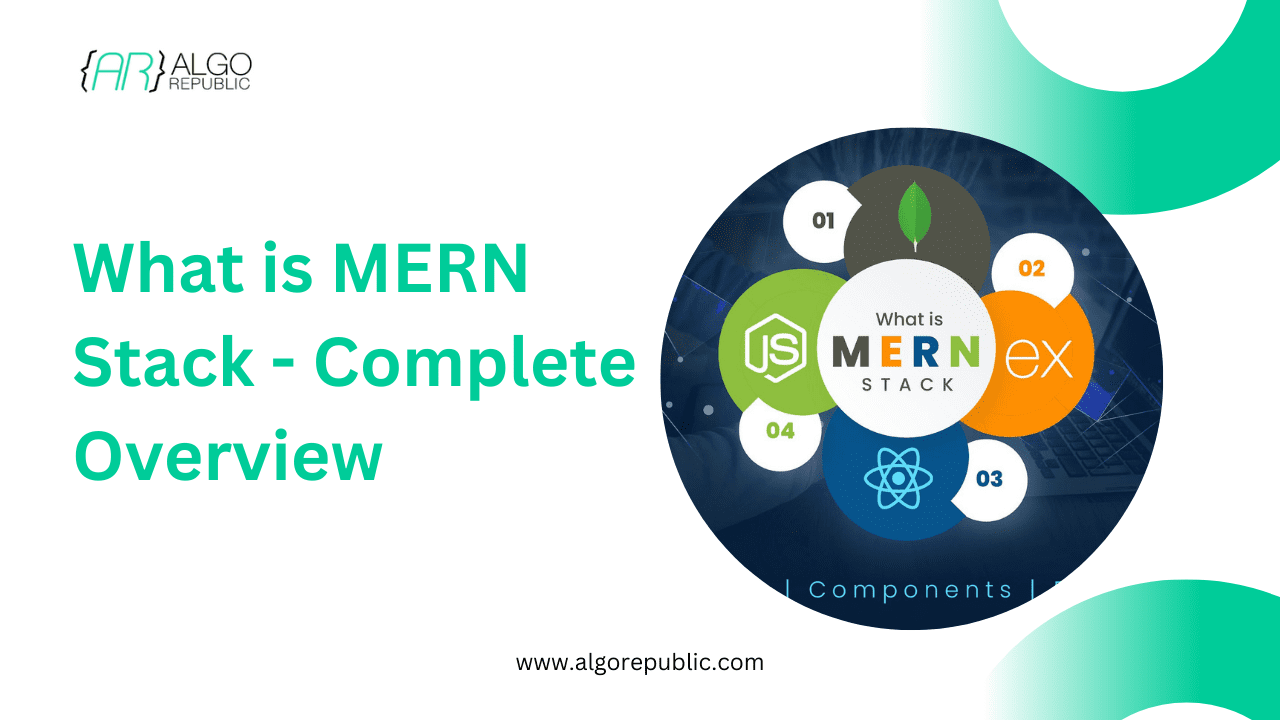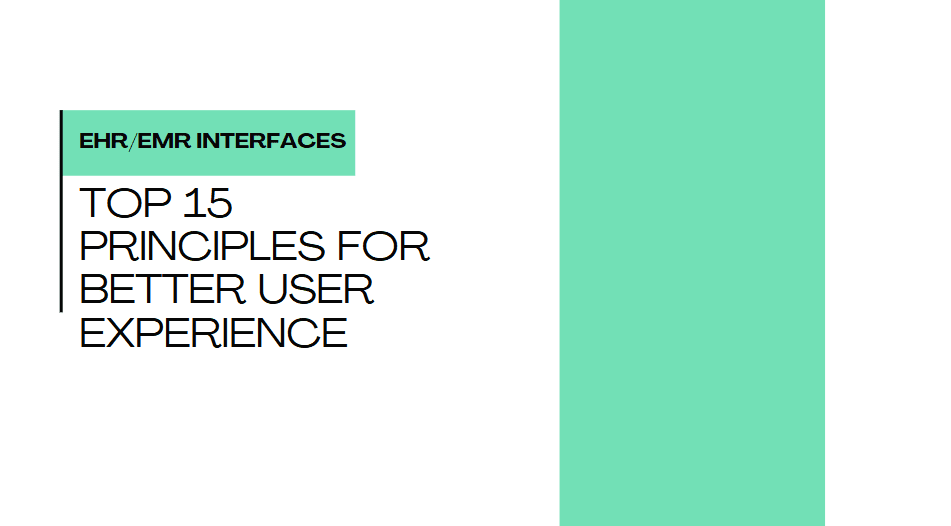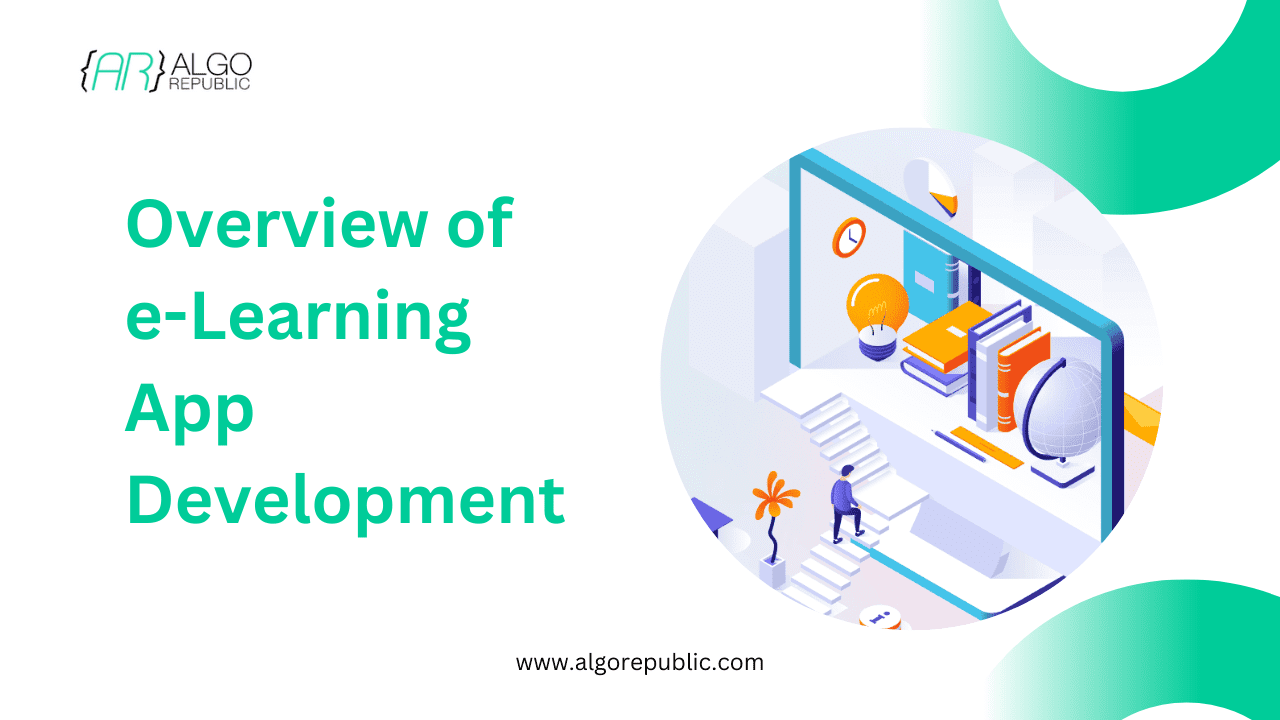Table of Contents
The web development landscape is shining with tech words, and MERN is a prominent one. But what is the MERN stack basically, and how does it work? This blog gets into the inner workings of this popular JavaScript framework and explores its applications in detail
The MERN Stack: An Overview
MERN stands for MongoDB, Express, React, and Node.js, each technology playing a crucial role in the web development process:
MongoDB: At the heart of data storage lies MongoDB, a document-oriented NoSQL database. Unlike traditional relational databases with rigid schemas, MongoDB offers flexibility by storing data in JSON-like documents. This makes it easier to accommodate evolving data structures and simplifies data manipulation. Furthermore, MongoDB boasts impressive scalability, allowing your application to grow smoothly as your user base expands.
Express.js: The backend powerhouse, Express.js, is a lightweight web framework built on top of Node.js. It streamlines the process of building web applications and APIs by providing a robust set of features for handling routing, middleware, and templating. Developers can use Express’s flexibility to structure their applications efficiently and focus on core functionalities.
React.js: On the frontend stage, React.js takes center spotlight. This powerful JavaScript library empowers developers to create dynamic user interfaces (UI) with a focus on component-based architecture. React breaks down complex UIs into reusable components, promoting code maintainability and facilitating an ideal software development process. Additionally, React’s virtual DOM (Document Object Model) ensures efficient updates to the UI, resulting in a smooth and responsive user experience.
Node.js: The unsung hero, Node.js, acts as the JavaScript runtime environment. Traditionally, JavaScript’s execution domain was confined to web browsers. However, Node.js breaks down this barrier by allowing developers to run JavaScript code outside of the browser. This empowers developers to write server-side code in JavaScript, fostering a more unified development experience with the MERN stack.
How does it work?
The true power of the MERN stack lies in the perfect collaboration between its components. Here’s a closer look at how each technology interacts to bring your web application to life:
Frontend (React): React is the king in the realm of user interactions. It captures user actions like button clicks, form submissions, and navigation requests. Based on these actions, React updates the UI components efficiently, ensuring a dynamic and responsive user experience.
Backend (Express & Node.js): When a user interacts with the frontend, the request reaches the backend, where Express takes over. It acts as a router, directing the request to the appropriate handler function written in Node.js. These handler functions process the request, interact with the database (MongoDB), and generate the necessary response. The response might involve fetching data from MongoDB, performing calculations, or any other backend logic. Finally, the processed response is sent back to the frontend.
Database (MongoDB): MongoDB serves as the single source of truth for your application’s data. It securely stores user information, application data, and any other relevant details in a flexible and scalable manner. The backend (Express & Node.js) interacts with MongoDB to perform CRUD (Create, Read, Update, Delete) operations on the data as needed by the application.
Benefits of the MERN Stack:
JavaScript Expertise: A significant advantage of the MERN stack is its focus on JavaScript. Developers can use their JavaScript knowledge for both frontend and backend development, reducing the learning curve and promoting code reusability. This unified approach streamlines the software development process and enables better collaboration within development teams.
Rapid Prototyping: The modular nature of the MERN stack allows for rapid prototyping of web applications. Developers can quickly build and test core functionalities using reusable components in React and leverage the flexibility of Express and MongoDB to experiment with different backend structures and data models. This iterative approach facilitates faster development cycles and allows for early feedback on the application’s direction.
Real-Time Features: The MERN stack is well-suited for building interactive and real-time web applications. Libraries like Socket.IO can be integrated to enable real-time communication between the server and clients. This allows for features like live chat, collaborative editing, and instant updates, improving the user experience significantly.
Large Community: A vibrant and active developer community surrounds the MERN stack. This translates to a wealth of online resources, tutorials, and forums. Developers can easily find solutions to challenges, learn from best practices, and stay updated with the latest trends in each technology.
Building a Single-Page Application (SPA) with MERN: A Practical Example
Let’s imagine a social media platform like Twitter, built with the MERN stack. Here’s how each component would play its role:
React: React takes center stage in rendering the dynamic user interface. It handles functionalities like:
- Displaying user profiles and timelines.
- Enabling users to compose and post tweets.
- Showing real-time updates like new likes, comments, and retweets.
- Implementing smooth animations and transitions for a user-friendly experience.
Express & Node.js: Working behind the scenes, Express and Node.js power the backend logic:
- Authenticating users through login and signup processes.
- Storing and retrieving tweet data from MongoDB.
- Handling user interactions like liking, commenting, and retweeting tweets.
- Implementing real-time features using libraries like Socket.IO to enable live notifications and updates.
MongoDB: As the data storage solution, MongoDB plays a crucial role:
- Storing user profiles with information like usernames, bios, and profile pictures.
- Storing tweet data, including content, timestamps, likes, comments, and retweets.
- Efficiently handling relationships between users (followers and following) for displaying relevant content.
Benefits of using MERN for a Social Media SPA:
Dynamic and Responsive UI: React’s component-based architecture ensures a dynamic and responsive user interface that adapts seamlessly to user interactions.
Scalability: MongoDB’s flexible schema and horizontal scaling capabilities allow the platform to grow effortlessly as the user base expands.
Real-Time Features: With Socket.IO integration, users can experience real-time updates on likes, comments, and retweets, fostering a more engaging experience.
Development Efficiency: The unified nature of JavaScript across frontend and backend simplifies development and promotes code reusability.
MERN vs. Full Stack: Understanding the Differences
The term “full-stack” can include a broader range of technologies beyond the MERN stack. While MERN focuses on JavaScript-based solutions (MongoDB, Express, React, and Node.js), a full-stack developer might use a combination of technologies depending on the specific project requirements. Here’s a breakdown of the key differences:
Technology Scope: MERN is a specific type of full-stack development approach centered around JavaScript. In contrast, full-stack development, in a broader sense, can involve a wider range of technologies like Python with Django for backend development or Java with Spring for enterprise applications.
Project Requirements: The choice between MERN and other full-stack approaches depends on project needs. If a project prioritizes rapid development, real-time features, and a JavaScript-centric development environment, MERN might be a perfect fit. However, for projects demanding specific functionalities better suited for other languages or frameworks, a broader full-stack approach might be necessary.
Choosing the Right Stack:
The decision to use MERN or another full-stack approach depends on various factors:
Project Requirements: Consider the specific functionalities your application needs and identify technologies best suited to deliver those features.
Development Team Expertise: Evaluate your team’s skills and experience with different technologies. Choosing a stack that aligns with your team’s strengths can optimize development efficiency.
Project Timeline: If rapid development is a priority, MERN’s streamlined approach might be advantageous.
Conclusion:
The MERN stack has emerged as a powerful and versatile toolkit for building modern web applications. Its focus on JavaScript, modularity, and real-time capabilities make it a compelling choice for a wide range of projects, especially those prioritizing dynamic user interfaces and rapid development cycles. By understanding the strengths and limitations of the MERN stack, developers can make informed decisions about its suitability for their specific web development endeavors.
Ready to embark on your MERN development journey? Get into the vast online resources and tutorials available for each MERN technology. With dedication and practice, you can leverage the power of MERN to craft exceptional web applications.
Source: MERN Stack developer guide



